The first grade blue class is in their third week of their building unit. There is tension in the air as students fly around the classroom putting the finishing touches on their projects before the final exhibition on Friday. Some projects boast tall towers made of cardboard, while others are short, squat structures secured by wooden columns, but they all have one thing in common: they were handmade and designed by a first grade student with the intent of learning about buildings.
Each Unit of Exploration in the PKS curriculum starts with a few central questions teachers hope students can answer by the end of the month-long process. For this Unit, questions included: What are the different types of buildings? Why are they important to cities? How are buildings supported? What are the different components/shapes within a building structure?
Teachers incorporated most areas of the curriculum around the building unit. There were a series of lessons covering the many facets and varieties of buildings -- from bridges to elevators, and even igloos. For their math lessons, students examined different 3D shapes such as edges, faces, vertices, cubes, and rectangular prisms in the context of architecture. They also read aloud a book called Old Hong Kong (老香港) to help with the creation of their mini-city.
Often teachers invite visiting experts to speak to students about real-world implications of the Unit of Exploration subject. In this case it was easier for the students to go to the expert. During the next few years PKS is undergoing construction on several of our buildings as we expand to open a Middle School in 2018 (If you’d like to know more, click here). Last week the first graders ventured to the Rectory to get a tour from Head Architect Christo Da Silva. They looked on in amazement as Christo showed them the master floor plan and explained each phase of the master plan process.
Next came the design phase: the children each chose one of the many different types of buildings and began mapping out their plans. They incorporated their burgeoning math skills to determine what kind of shapes and lengths the walls needed to be in order to ensure stability.
A major part of each Unit of Exploration at PKS using real-life scenarios for Mandarin vocabulary development. For the past weeks in the first grade blue classroom, each lesson has begun with the children sitting on the rug as one of their teachers introduces new words such as 塔 (“tower”) or 屋顶 (“roof”).
After vocabulary review, teachers dismiss children to work on their personal buildings projects. Immediately, kids are given the scenarios to use the vocabulary they’ve just learned in a natural context -- “Can you pass my that piece of tape? I need to make my tower more secure.” In reality, that scenario went a bit more like this: “Emergency tape! Emergency tape! Our watch tower for the zoo is falling over!” said one student to his partner.
At the end of the Unit, students prepared to display their projects to older students and friends and family. They proudly showed a wide variety of buildings-- a hotel, an apartment building, a replica of the world’s tallest building, a hospital, an animal shelter, an amusement park, a restaurant, a grocery store, and several bridges.
One of the students pointed to a pink antennae on her roof and explained that it was for all of the electricity in the house. Another building was equipped with a helicopter landing pad and a window washing machine (a small plastic strawberry box suspended by pipecleaners). One student’s building was even prepared in the case of a thunderstorm, with a long pole at the roof to conduct lightning.
Perhaps the classroom does not have any future architects in it, but all students have an enhanced appreciation for the construction, mathematical design, and hard work that goes into all the buildings we spend our lives in.
Follow PKS on Facebook!




